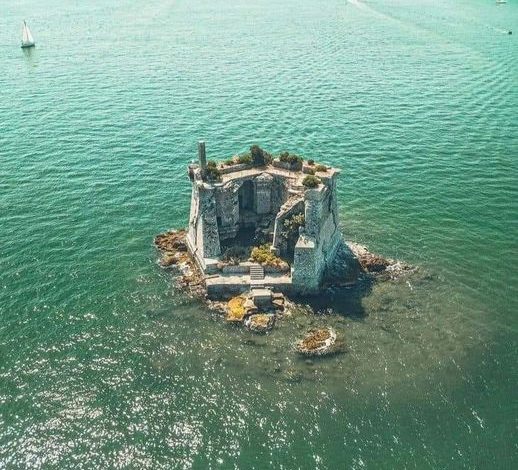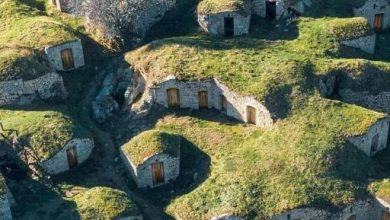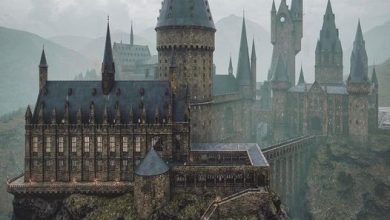Uncategorized
Raglan Castle,

Behold the awe-inspiring, unmistakable silhouette of Raglan Castle, perched majestically upon a sweeping ridge, enveloped by the resplendent embrace of the Welsh countryside. It stands as an enduring testament to the indomitable spirit of the Welsh, a grandiose masterpiece of medieval architecture that whispers secrets of bygone eras to all who dare to venture within its hallowed walls.
This formidable fortress, the grandest ever wrought by the hands of Welshmen, owes its imposing presence to the visionary Sir William ap Thomas, the ‘blue knight of Gwent.’ In the early 15th century, during the turbulent years of 1435, Sir William set the wheels of history in motion as he began to craft the foundation of Raglan Castle. His vision, like a masterful composer, orchestrated the very essence of Raglan, and his son, Sir William Herbert, would take up the mantle to craft a legacy beyond mere fortifications.
It is the moated Great Tower, a colossal sentinel of stone and might, that still reigns supreme at the heart of this fortress-palace. Sir William’s dream, immortalized in this structure, gazes down upon visitors from a realm where time itself seems to pause. This towering edifice, constructed between 1435 and 1439, with its timeless stone walls, resonates with the echoes of history, where noble knights once stood sentinel against the encroaching darkness.
But it is the legacy of Sir William Herbert, born in 1423, that truly sets Raglan Castle apart. With a vision that transcended the mere practicalities of defense, he wove dreams into stone, transforming the castle into a place of unparalleled wonder. The gateways and towers, adorned with flared machicolations, are more than just defenses; they are artistic expressions of power and opulence, symbols of a burgeoning Welsh renaissance.
Within these walls, life blossomed in vibrant courtyards, where troubadours strummed melodies, and jesters brought laughter to the weary. Lavish banquets were held in great halls, resplendent with tapestries and the shimmer of golden goblets. It was a place where chivalry thrived, where poetry and music were celebrated as fervently as the might of the fortress itself.
Raglan Castle, then, is not just a castle; it is a living, breathing testament to the undying spirit of the Welsh people. It is a monument to the dreams of Sir William ap Thomas and his son, Sir William Herbert, who dared to turn stone into poetry and a fortress into a realm of enchantment. It is a place where the past dances with the present, where history whispers its tales, and where the grandeur of Wales is immortalized in stone and sky.




